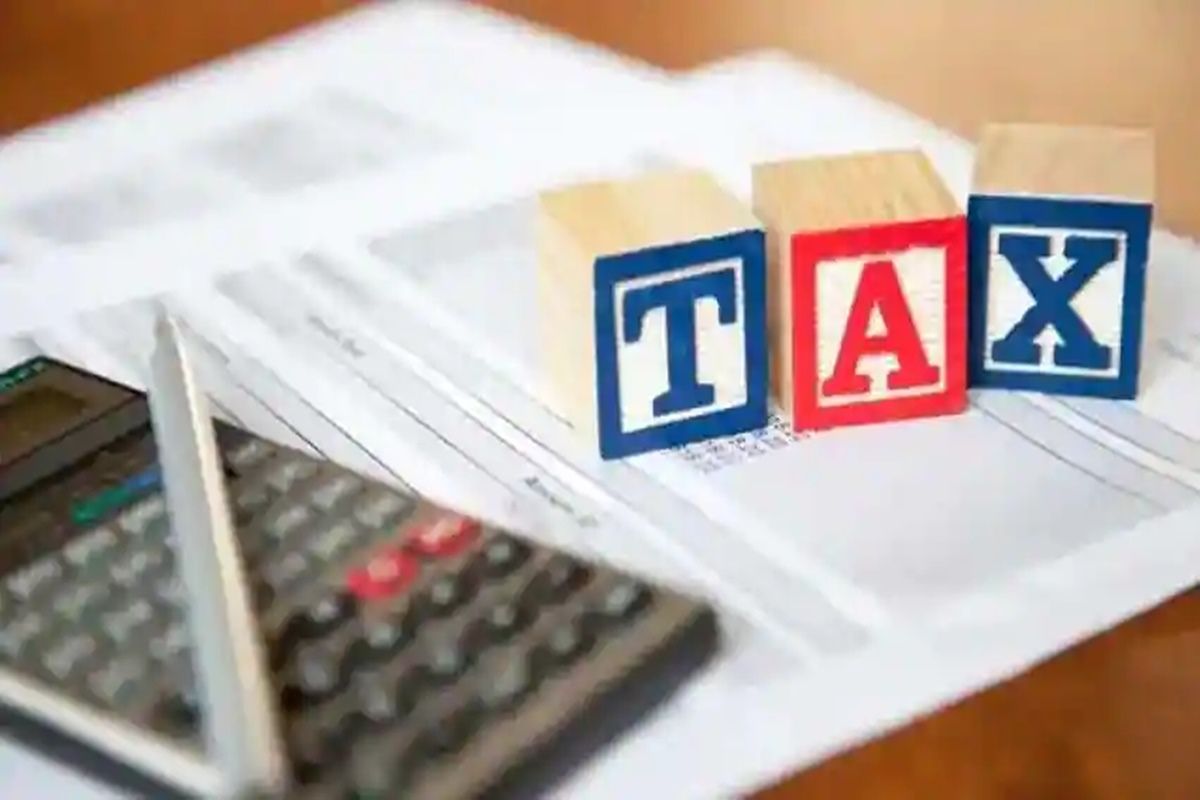
The Tax Benefits of National Pension System (NPS): How to Save More on Your Taxes
Meaning
National pension System (NPS) is a voluntary, defined contribution retirement saving scheme designed to enable the subscribers to make optimum decisions regarding their future through systematic savings during their working life. It helps in inculcating the habit of savings amoungst the citizens. It provides solution to the problem of providing adequate retirement income to every citizen of India.
Under NPS, savings of individuals are pooled to a pension fund which are invested by Pension Fund Regulatory and Development Authority (PFRDA) regulated professional fund managers as per the approved investment guidelines into the diversified portfolios comprising of Government bonds, bills, Corporate Debentures and Shares. These investments will grows and accumulates over the years, depending on the returns earned on the investments made.
Benefits of NPS
Flexible
NPS provides investment options and choice of Pension Funds(PF) for planning the growth of the investments in a reasonable manner and monitor the growth of the pension corpus.
Simple
On opening an account with NPS the subscriber gets a Permanent Retirement Account Number (PRAN) which remains with the subscribe throughout their life and makes it simple to access the NPS.
Portable
It provides portability to its subscribers as users can easily shift from one job to another in an hassle free manner.
Well Regulated
NPS is regulaed by PFRDA, with transparent investment norms, regular monitoring and performance review of fund managers by NPS Trust.
Dual Benefit
Pension wealth grows over the years with a compounding effect. Low account maintenance charges makes pension wealth to the subscribers all the more huge.
Ease of Access
NPS account is manageable online. It can be opened through the eNPS portal. Contributions can be made online through the following eNPS portal of CRAs:
a) NSDL CRA
b) Kfintech CRA
c) CAMS CRA
Types of NPS
Tier I NPS Account
Tier I NPS account is mandatory to join NPS. The account can be opened with as low as Rs. 500 and an minimum yearly deposit of Rs. 1000 is required to keep the account active.
The withdrawl is restricted and conditional.
Tier II NPS Account
Tier II NPS account is optional and can either be opened at the time of opening of Tier I account or at a later stage.. The account can be opened with as low as Rs. 1000 and no minimum yearly deposit is required to keep the account active.
The withdrawl is easy and unconditional.
Eligibility
A citizen of India whether resident / non - resident subject to the following conditions are eligible for NPS:
- Age of the applicant must be between 18 years to 70 years on the date of submission of application.
- Applicant must comply with the KYC norms detailed in the subscriber registration form.
Tax Benefit under Old Regime
Salaried Individuals
Case I: Limit u/s 80C exhausted for Rs. 1,50,000
Deduction upto Rs. 50,000 can be claimed u/s 80CCD(1B) of the Income Tax Act,1961. This is over and above the tax benefit claimed for investment upto Rs. 1.5 lakhs u/s 80C.
Case II: Limit u/s 80C not exhausted for Rs. 1,50,000
Investment upto 10% of salary(basic + DA) upto Rs. 1.5 lakhs allowed u/s 80CCD(1) of the Income Tax Act,1961. Additional deduction u/s 80CCD(1B) can be claimed upto Rs. 50,000.
Employer Contribution
Employees get additional tax benefit on investment routed through employer. Such investment upto 10% of Salary (Basic + Dearness Alloawance) is deductable from income tax u/s 80CCD(2).
Self Employed Individuals
Case I:Limit u/s 80C exhausted for Rs. 150000
Deduction upto Rs. 50,000 can be claimed u/s 80CCD(1B) of the Income Tax Act,1961. This is over and above the tax benefit claimed for investment upto Rs. 1.5 lakhs u/s 80C.
Case II: Limit u/s 80C not exhausted for Rs. 150000
Investment upto 20% of the Gross Annual Income upto the extent of Rs. 1.5 lakhs is allowed as deduction u/s 80CCD(1). Futher investment upto Rs. 50,000 can be claimed as deduction u/s 80CCD (1B).
Tax Benefit under New Regime
- Tax deductions u/s 80CCD(1) and 80CCD(1B) is not allowed under the new tax regime.
- Tax deduction u/s 80CCD(2) is allowed under the new tax regime.
Withdrawl from NPS
Partial Withdrawl
- First Withdrawl can be made only after three years from the date of Joining NPS.
- Maximum withdrawl of 25% can be made. Even if your employer has made contributions, only your contribution can be withdrawn subject to the limit.
- Maximum of 3 withdrawls can be made during the entire tenure(date of joining till 60 years of age)
- Subsequet withdrawl is allowed only on the incremental contribution deposited after the previous withdrawl.
- Withdrawl can be made for following purposes only:
- Higher Education of Children
- Marriage of Children
- Purchase or reconstruction of residential house of flat in own name or in joint name with the spouse
- Treatment of specified illness
- setting up of a new venture or a startup
- Meeting expenses for skill development, reskilling or self development activities.
Tax Treatment on Partial withdrawl
- 25% of the withdrawal from the NPS account is tax-free.
- The contribution made to the Tier-I account is eligible for tax deductions.
NPS Exit Rules and Taxability
Upon Superannuation
When a subscriber reaches the age of Superannuation/reaches the age of 60, they can withdraw 60% of the accrued pension corpus at tax free as a lump payment.
The remining 40% must be used to purchase an annuity that provides a regular monthly pension. Pension received out of the investments in annuity is taxable.
Note: Subscribers can take a 100% lump sum withdrawal if their entire accrued pension corpus is less than or equivalent to Rs.5 lakh.
Pre-Mature Exit
In case of a pre-mature exit(before reaching the age of 60%), only 20% of the accrued pension corpus can be withdrawn at tax free as a lump payment.
The remaing 80% must be used to purchase an Annuity that provides a regular monthly income. Pension received out of the 80% investment is taxable.
Note:Subscribers can take a 100% lump sum withdrawal if their entire accrued pension corpus is less than or equivalent to Rs.2.50 lakh.
Upon Death of Subscriber
Following the subscriber's death, the entire accrued pension corpus (100%) would be paid to the subscriber's nominee/legal heir.
NPS Joined after 60 years
- the subscriber can exit from NPS at any time
- If exit is after 3 years, it is normal exit else treated as pre-mature exit.
Equity Allocation under NPS investments
There are two options to invest in – auto choice or active choice.
The auto choice decides the risk profile of your investments as per your age. For instance, the older you are, the more stable and less risky your investments. The active choice allows you to decide on the scheme and to split you investments.
Flexibilities under NPS
- Investors can have different investment choices (Auto/Active) for Tier I and Tier II NPS accounts.
- Investor can change the asset mix and investment choice twice in a financial year for both Tier I and Tier II accounts.
- Investor can Change the pension fund manager once in a year




